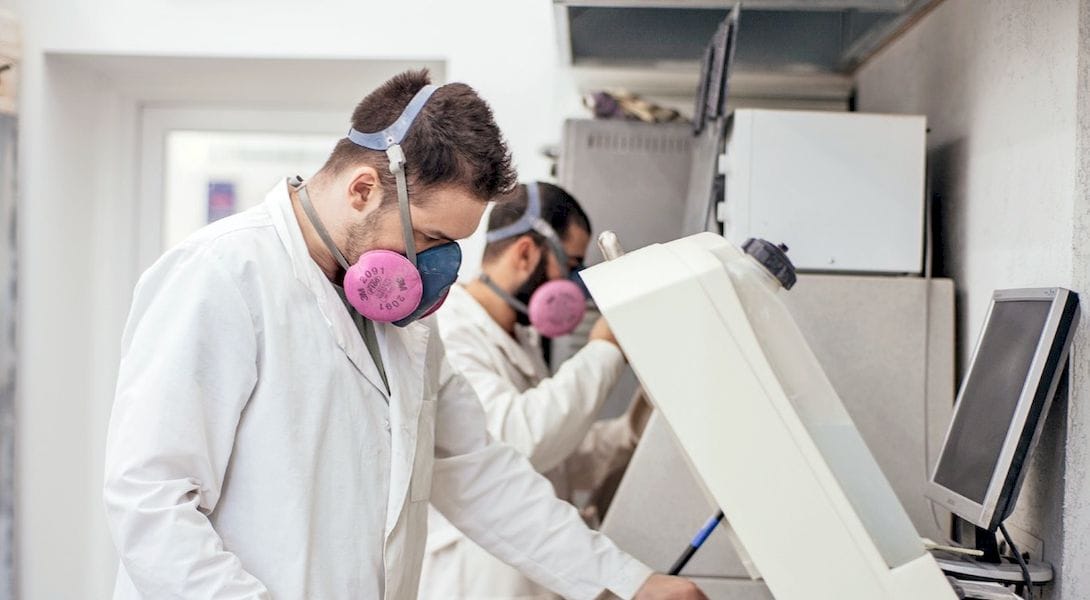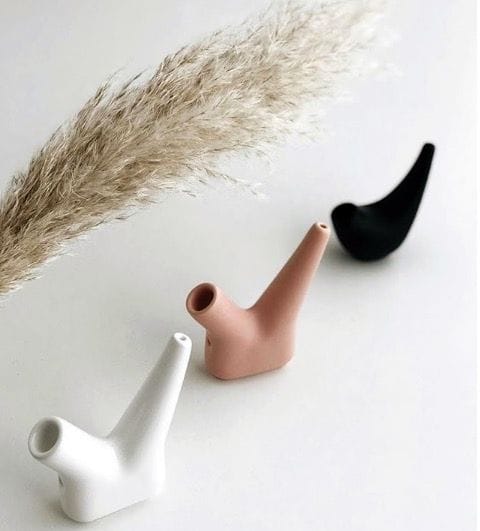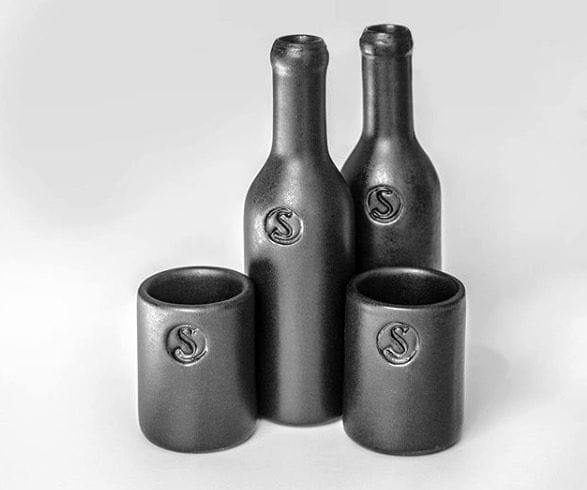
Well, well, we hadn’t heard from Kwambio for literally years, but suddenly they are back.
We bumped into Kwambio at a NYC trade show some years ago and have tried to follow them since. Our first encounter with them was a bit confusing as they seemed to offer a printer and services, but subsequently they focused on a solid business model: specialty 3D print services.
But since our last mention almost two years ago, there’s been little information from the NYC-based company. Now they’ve reappeared with an updated business proposition. They explain:
Kwambio is a 3D printing company in New York with its own ceramic factory, located in Ukraine (that allows us to offer unbeatable prices – $0.10 for 1 square cm!).
So if you’re working on something new and exciting, please, consider Kwambio as your new manufacturing partner.
Send our way any sketch, even if it’s on napkin! With that, we’ll create a 3D model and can get the product in your hands in record time, fresh from the oven.
And by “oven”, they mean a real oven. The ceramic 3D prints they produce must certainly be fired in a ceramic furnace to be completed.

It seems their Ukrainian factory is well suited to perform the ceramic printing process, which involves not only 3D printing, but quite a bit of post processing as well. According to Kwambio’s website, the factory is staffed by no less than nine technicians.
While they do offer 3D printed bronze items, it appears their main focus is ceramics.

3D printing ceramics is a very different business than most desktop 3D printer operators are familiar with, as there are different design constraints and different steps, some of which require specialized equipment beyond the 3D printer itself. Kwambio’s process is shown here:
They explain further:
After the printing process is finished, the model is placed in a drying oven. That increases its strength. The excess powder has to be removed and then it’s time to fire the product in a pre-glaze coating twice. Then the product is glazed and fired for the third time.
One key benefit to using their service is the selection of finishes. They offer gloss, opaque, unglazed and matte finishes, each in 14 different colors.
Pricing for their ceramic prints is inexpensive but strangely measured, at least in 3D print terms. Most 3D print services compute print pricing based on the total amount of material used (volume) or perhaps the bounding box containing the object (also volume) or some combination thereof.
Kwambio’s pricing is different: they price by the 2D area of the print. Why? I think it’s because the most expensive component of their workflow is the finishing process, which, as you might guess, is entirely dependent on the amount of surface area to cover. The pricing is USD$0.08 per square centimeter, so you’ll have to do different calculations to estimate your price, although Kwambio will certainly provide you exact pricing.
In the past Kwambio had a growing library of pre-made designs that you could select from, but that seems to be diminished in their latest iteration. That’s because they seem to be more focused on custom 3D designs that you, the client, provide. They’re primarily a 3Dprint-ceramics-on-demand service now.
I believe this is a very good strategy, because ceramics are an under-used 3D print material. This is because it is actually challenging to 3D print anything useful with DIY ceramics due to the coarseness of typical extruders, and the fact that you usually have to install them as an add-on to your normal thermoplastic 3D printer. Commercial ceramic 3D printers are pretty rare and typically expensive.
Ceramic prints are very functional, far beyond typical thermoplastic 3D prints because they are highly heat resistant and usually food safe, whereas the 3D printed PLA bowl you made last week will poison you with additives and bacteria, and will melt in your dishwasher. Not so with ceramic 3D prints.
Thus there is a very viable business niche for Kwambio to address here, particularly with their inexpensive pricing. If you require ceramic 3D prints, you might want to check them out.
Via Kwambio

